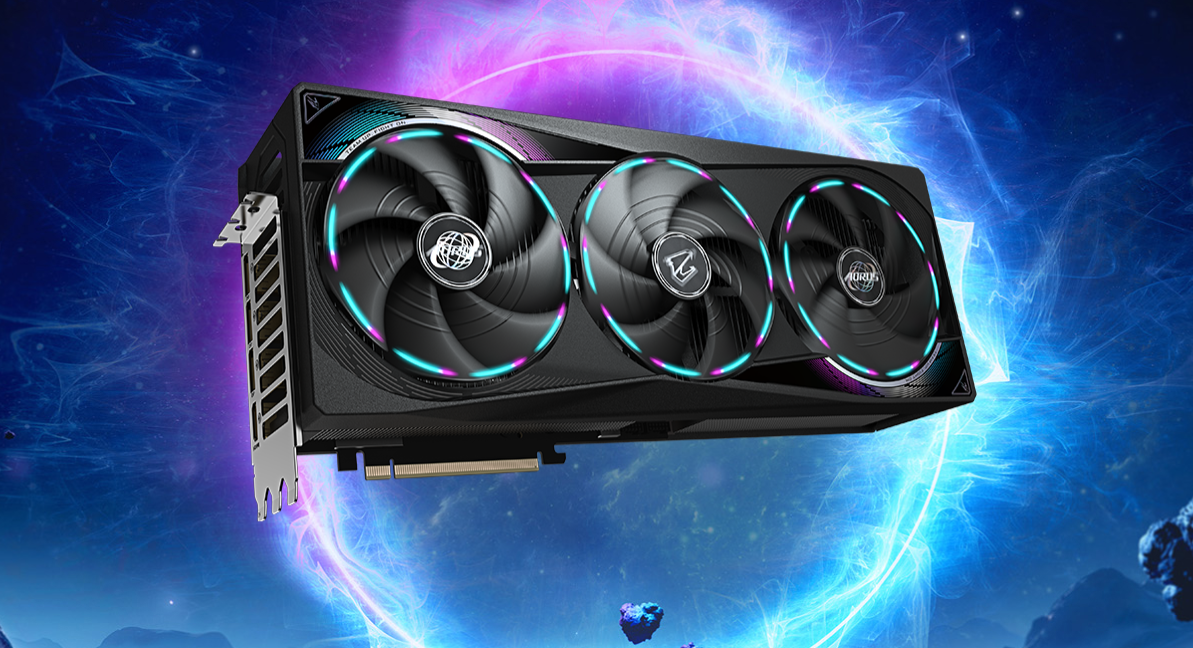GPU Mystery: NVIDIA's RTX 5080 Sparks Controversy with Rumored ROP Shortage

A tantalizing glimpse into NVIDIA's upcoming graphics card has emerged, with an intriguing detail catching the attention of tech enthusiasts. A Reddit user has shared a screenshot revealing potential specifications of the NVIDIA GeForce RTX 5080, and the image suggests an unexpected configuration that's sparking widespread discussion in the PC gaming community.
The GPU-Z screenshot appears to show the upcoming graphics card with a curious omission: reduced Render Output Units (ROPs). This unexpected detail has immediately drawn speculation and raised eyebrows among hardware experts and graphics card aficionados. ROPs are critical components responsible for the final pixel rendering and anti-aliasing processes, making their apparent reduction a noteworthy development.
While official details from NVIDIA remain scarce, this leaked information provides a preliminary peek into what could be a significant shift in the company's graphics card design strategy. Tech enthusiasts and gamers are eagerly analyzing every pixel of the screenshot, attempting to decode the potential implications for future graphics performance.
As with all pre-release information, it's crucial to approach these details with cautious curiosity. NVIDIA has yet to confirm the specifications, leaving room for speculation and anticipation about the RTX 5080's true capabilities.
